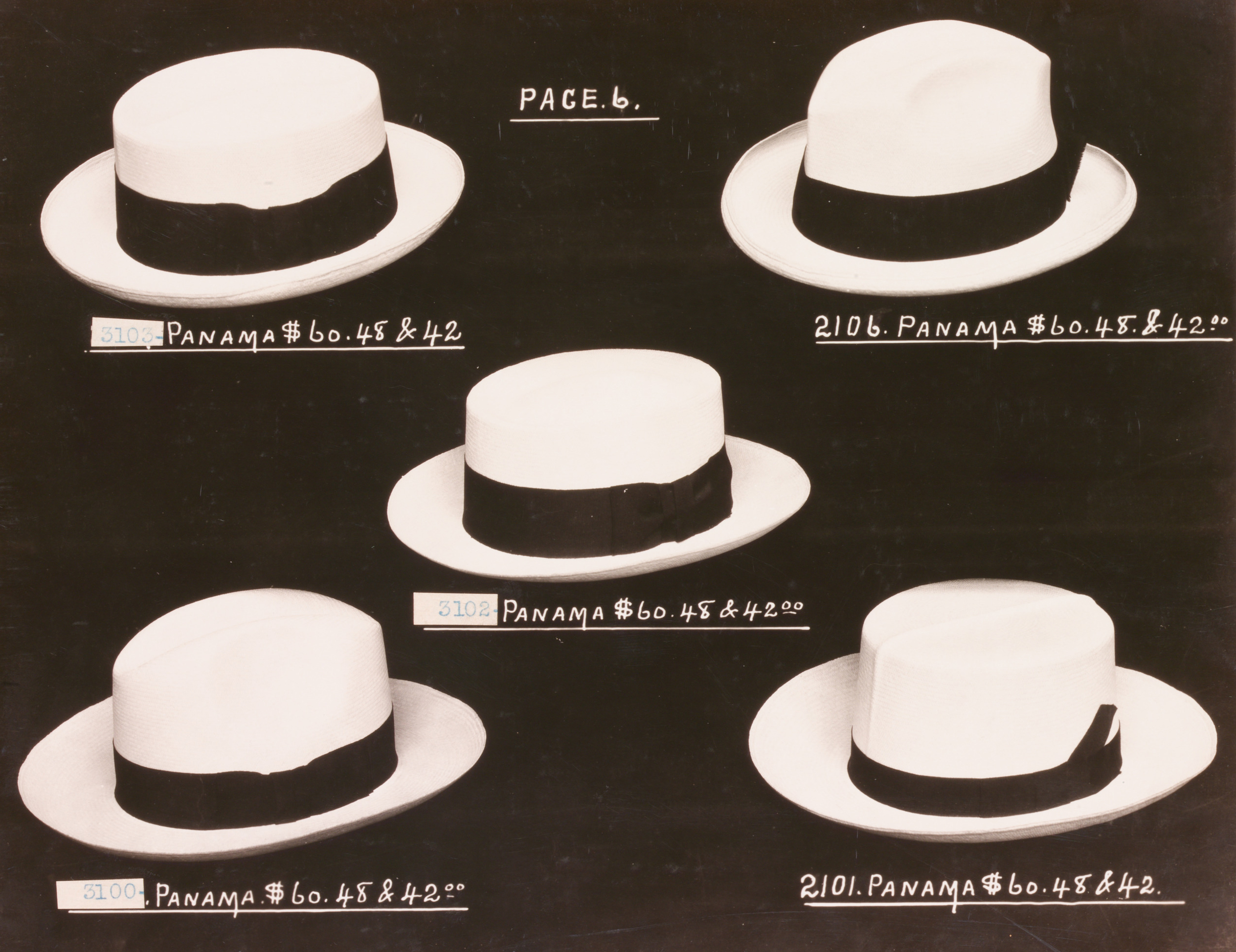F.D. Hampson, Panama Hats, from a Sloan-Force Co. Catalogue, ca. 1916
Tracing an alternative history of photography by considering product shots, a new show suggests an intrinsic link between consumerism and image-making
August Sander, WH Fox Talbot, Margaret Bourke-White, Irving Penn, and André Kertész: all are huge names in photography, but not usually associated with product shots. Now The Met Fifth Avenue in New York is changing that with an exhibition charting an alternative history of photography, stretching back to the start of the medium to show how modernism and commercial image-making intertwined. The show is mischievously called The Real Thing.
“The title is a little bit tongue in cheek,” laughs curator Virginia McBride. “It is absolutely supposed to invoke this argument about the indexical nature of photography, which makes it so intriguing and useful for advertisers. But it’s also a reference to the famous Coca-Cola campaign, I wanted to keep the language of advertising in the mix.”

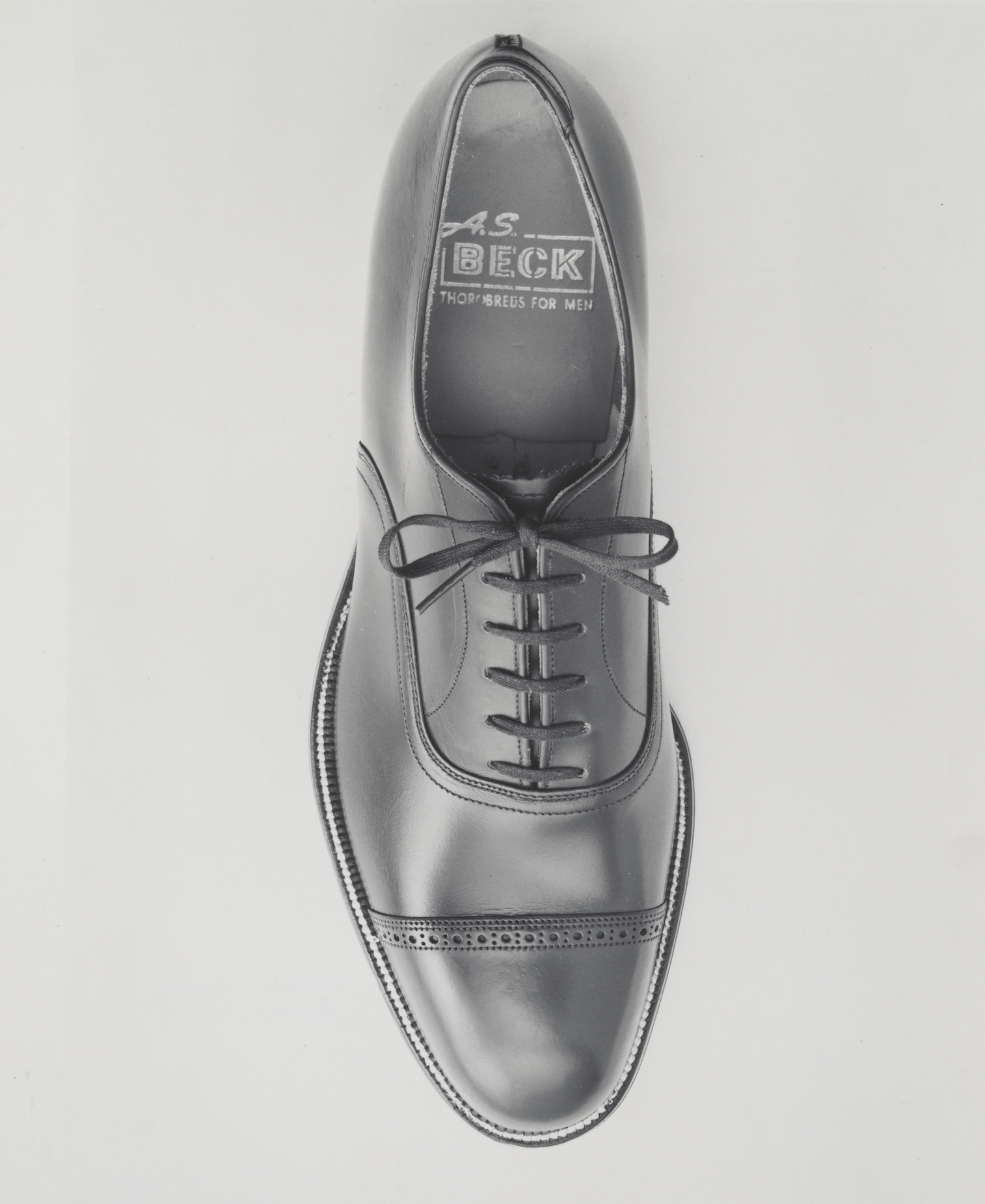
“A package of margarine, a pocket comb, and some toilet paper – such prosaic objects make for a sad shopping list. Yet here, altered by the camera, they inspire inordinate longing”
The show draws on prints from The Met’s collection, many of which have never been exhibited before, or have not been contextualised in this way. Sander’s photograph for German light bulb manufacturer Osram around 1930 has been exhibited in terms of the New Vision movement, for example, but here is foregrounded as a commission; Fox Talbot’s Articles of Glass, made before June 1844, is included as both a nod to product photography and as a promotion of photography itself, soon after the medium was invented. Other images are by photographers who are now little known, or even anonymous; The Real Thing also includes early inventories used by travelling salesmen, before photographs had become widespread in advertising.
“In the beginning of the medium the reproductive process was not yet entirely refined, so salesmen and merchants would travel with a catalogue of albumen silver prints and go door-to-door or to store,” explains McBride. “We don’t remember that now, because we are so immersed in this world of magazines and products. But when photomechanical reproduction took off and became economically viable, it’s amazing how quickly things changed. The medium rapidly evolved to satisfy the needs of this growing consumer market… the inevitable arrival of the assembly line, and with it the reproducible print.”
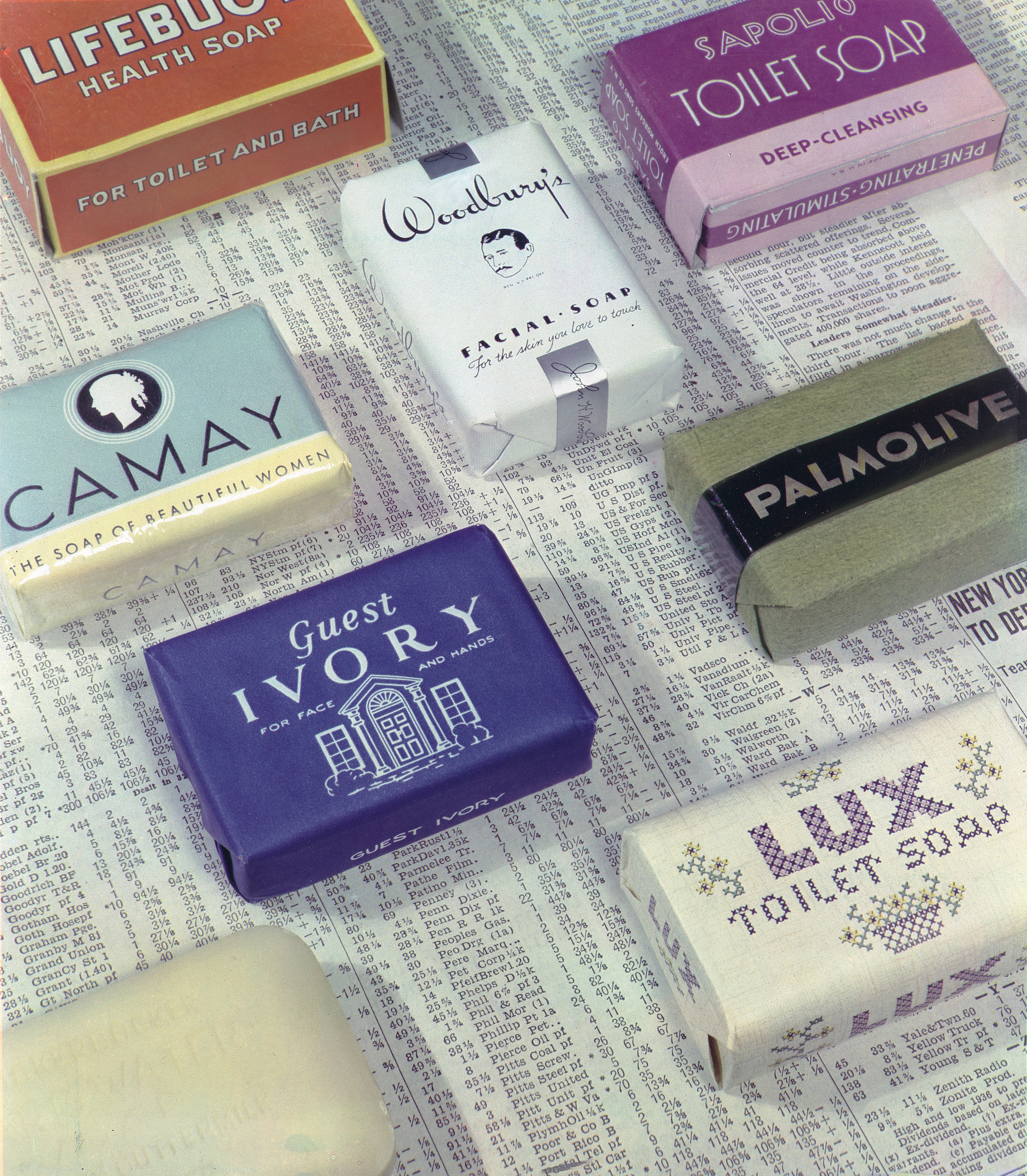
As McBride points out, photography’s reproducibility made it an ideal medium with which to promote mass-produced goods, manufactured in earnest from the birth of consumer capitalism in the 19th century. But The Real Thing suggests deeper ramifications for photography too, linking it with a certain way of looking at and conceiving of the world, whether directly linked with products or not. The show is arranged thematically and includes sections such as The Isolated Object and The Unfamiliar Thing, which hone in on photography’s ability to detach what it shows from the world.
“A package of margarine, a pocket comb, and some toilet paper – such prosaic objects make for a sad shopping list. Yet here, altered by the camera, they inspire inordinate longing,” reads the description of The Unfamiliar Thing section. It later adds: “Here abstracted, inverted, fetishized, and made strange, familiar things assume foreign allure. With these gestures, the simplest comb becomes exceptional – might it not transform your life in turn?”
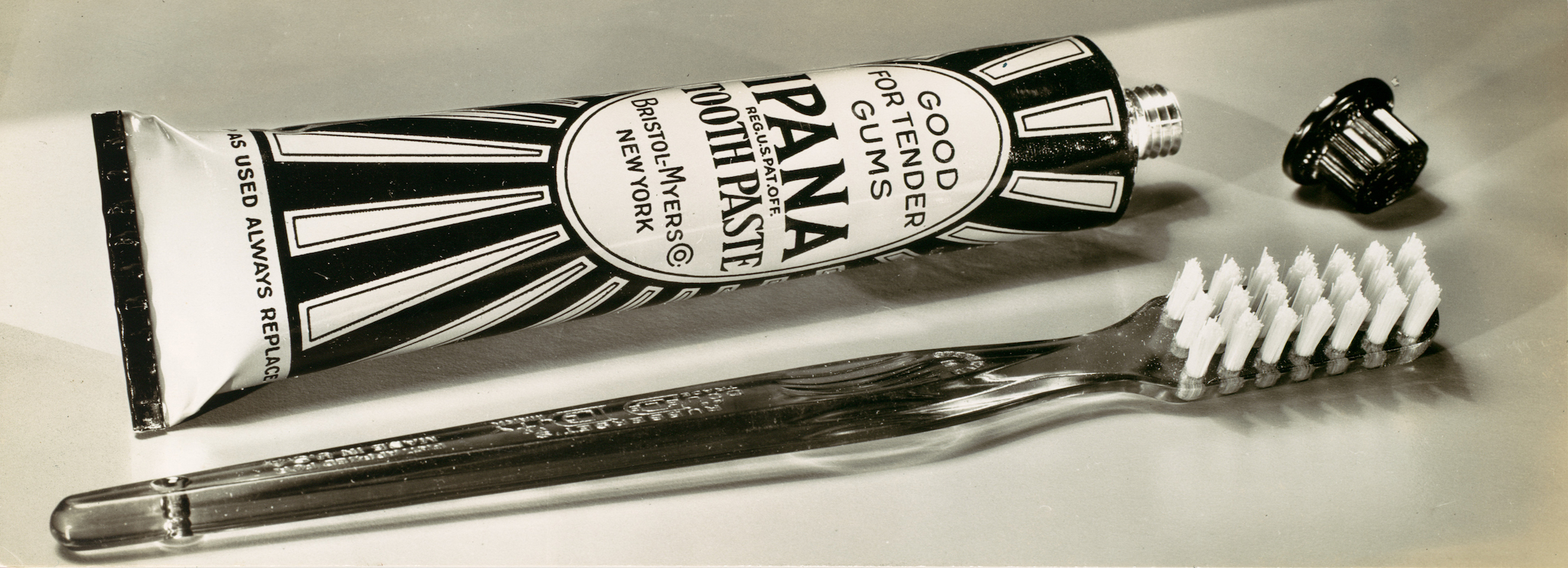
As such The Real Thing is not just mischievous but essential, an intervention in a history of photography which has traditionally dismissed product photography. McBride says those older narratives were key in carving a space for photography in museums – but argues that, now that place is secure, it is possible to add further questions. “Others have worked so admirably to make a place for photography, and they often have done so by arguing for the artistic merits of the medium,” she says. “But now that work has been done, my generation of curators is able to look beyond… And commercial photography is inescapable now, you open your computer or your phone and it’s there. It’s high time to look again and better understand how we got to where we are today.”
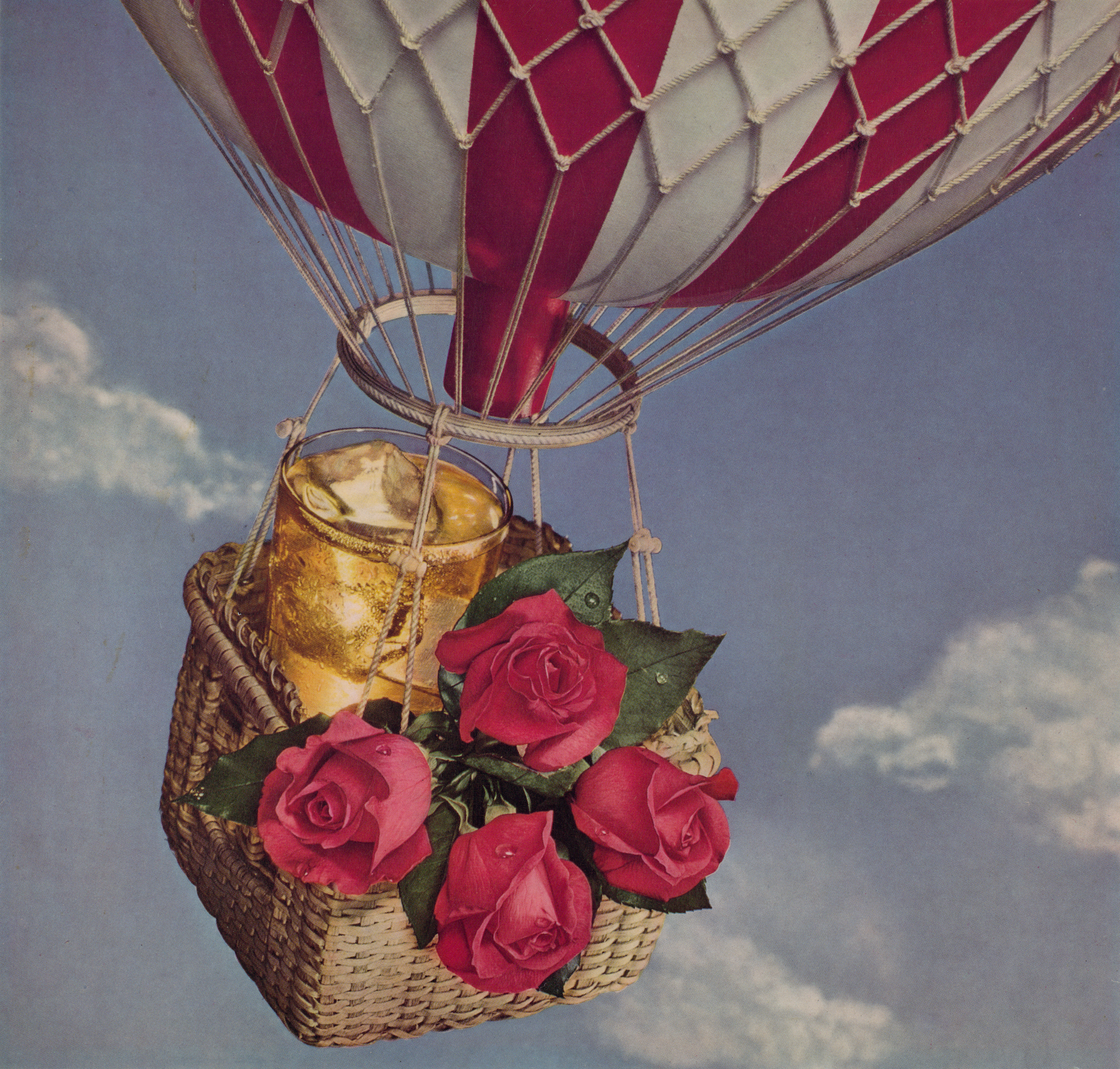
The Real Thing: Unpackaging Product Photography is at The Met Fifth Avenue, New York, until 04 August 2024

